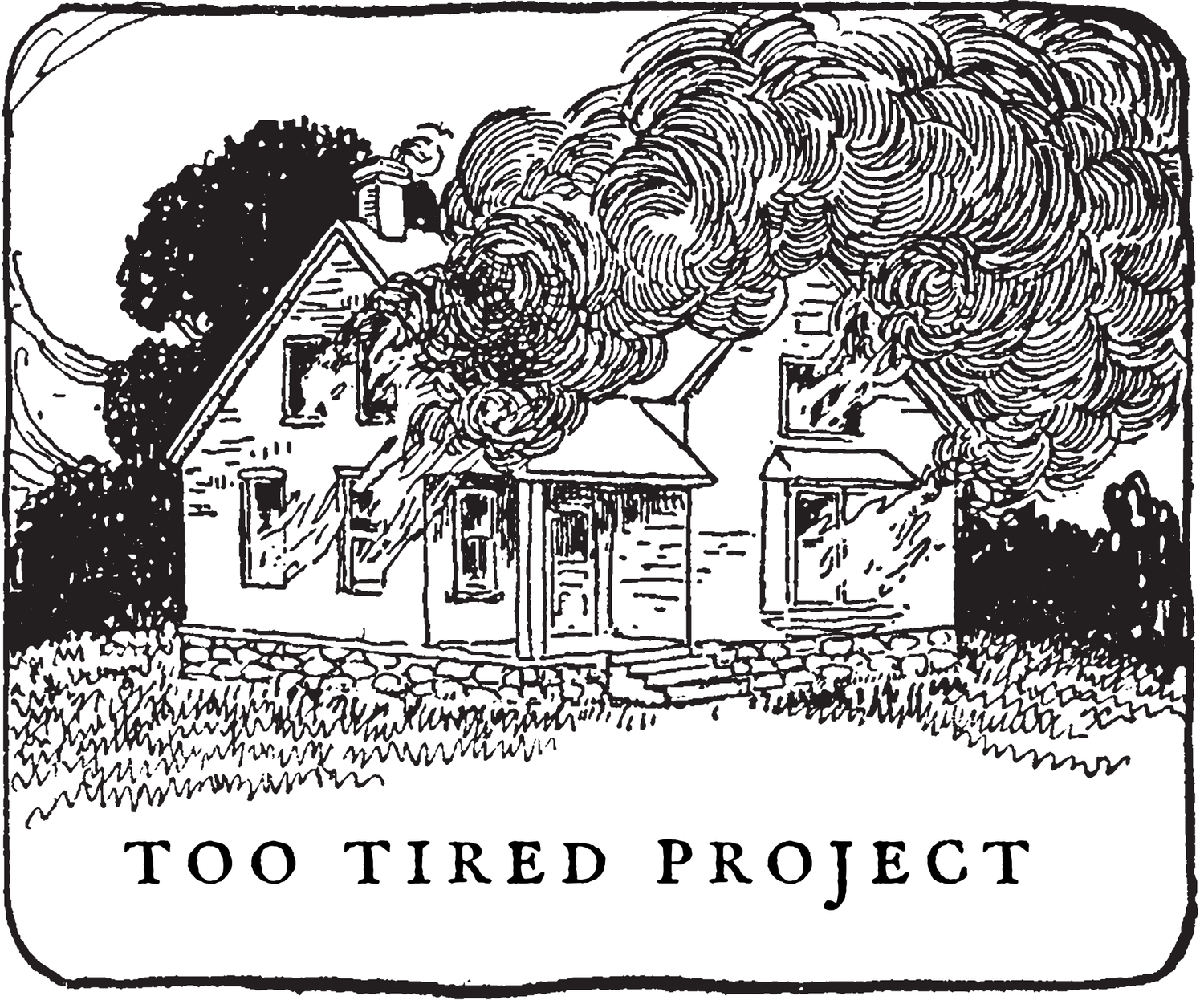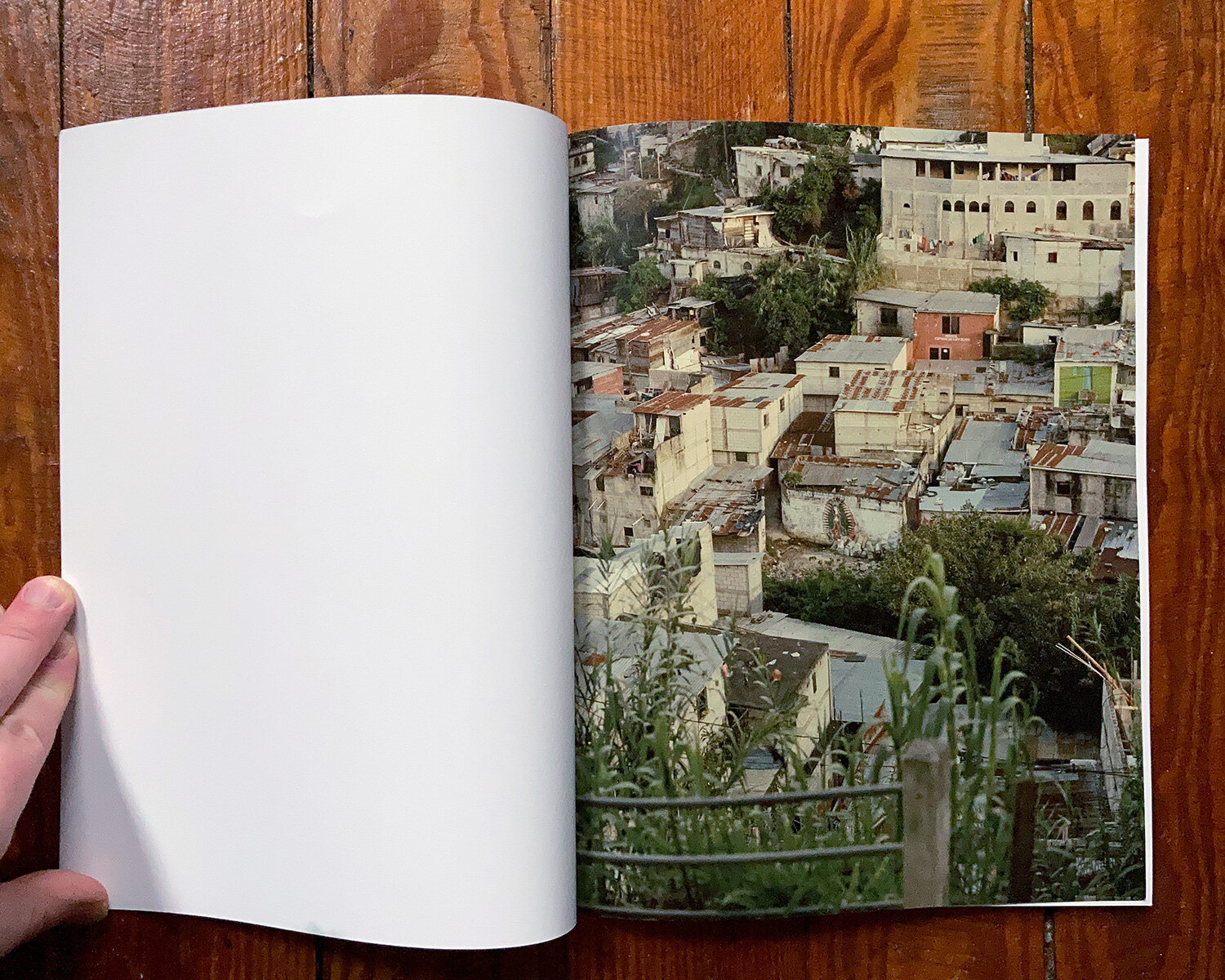Book Review: The Ravine, The Virgin, & The Spring by Juan Brenner
Review by Jon Bakos
Pomegranate Press, 2020 72 pp., 8.5×11”
Perfect bound with soft touch matte laminated cover
Juan Brenner's photobook The Ravine, The Virgin, & The Spring is a refreshing insider's view of Guatemala City. The expressive title references the city's geographic characteristics known as the land of eternal spring and the "valley of the virgin" that provided the city's original footprint.
After a long stint as a photographer in New York, he returned to his home country to work on an ongoing series of projects that reveal the legacy of social unrest and colonialism in Guatemala. Guatemala City has been less chronicled in the history of photography as portraits of cities like New York, Paris, and the American South and Southwest regions come more to mind. His previous book Tonatiuh dealt with Guatemala's fraught history of civil wars, military coups and a devastating earthquake in 1976, while this body of work takes a more narrative path.
The stunning book sequence moves through Brenner's vision of the city. There are moments of clarity and discovery intertwined with sharp juxtapositions like a man wrapped in a cheetah print coat staring back smugly at the camera alongside an image of an overturned KIA on the street wholly stripped of its parts except for a rusted frame. A pool of water has collected around on the top of the ceiling (now the floor). The images, baked in warm light, can be strikingly still amid urban chaos like a nun walking down a busy freeway. The image is a contemporary version of Daguerre's Boulevard Du Temple from 1839, shot from a car window. Instead of only seeing a solitary figure getting their boot shined during a long exposure from Daguerre's photograph in Brenner's view, we get to see all the cars humming along as the nun calms walks by in the opposite direction.
This architecture of memories of stacked chairs, glowing tarps, buckets, tires and rusty hooks work to dismantle the cliches about the romantic colonial landscape of Guatemala City. Throughout the book, we return to birds-eye images of the city's slums, houses upon houses stacked on top of one another as they climb up the ravines around the city. We only see these dwellings from afar; in the opening image of a Virgin Guadalupe mural framed by the ravine houses, religion peaks into view. The contemporary city is shaped anew since its initial colonization by the Spanish, but what binds it together remains near the surface. Besides providing a visual pause, these images work in concert with tightly framed photographic pairings of visual play through color, pattern and texture.
The images are so dynamic individually; still, the densely layered photographs teem with meaning and subtlety. Many visual pairings border on the poetic like that of the spread of smashed glass and a storefront stuffed with odds and ends and trinkets takes time to unravel. Simultaneously, a single image of a mickey mouse in a white plastic mask is hauntingly stirring. The joy of seeing this work each time is finding new visual puzzles to solve.







